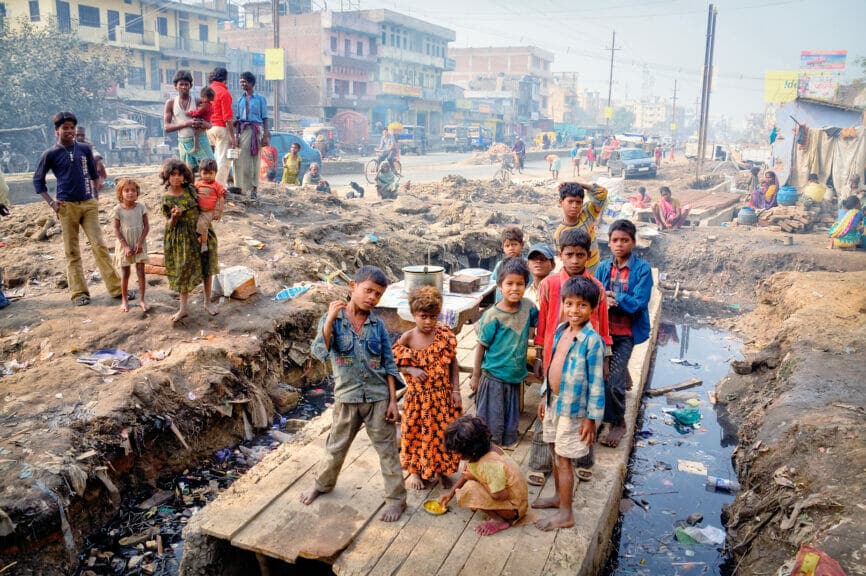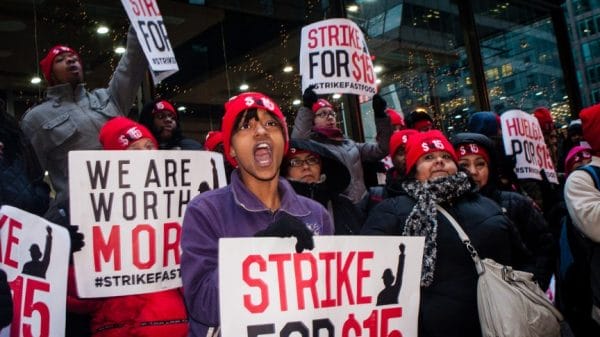I recently visited India, not for the first time, but for the first time in which I was capable of forming lucid memories. My mother’s side of the family originated from Kolkata, the capital; of India’s West Bengal State. Notably, Under the British Raj from 1773-1911, it served as the Capital of India.
Today, it can be categorized for its extensive colonial architecture, as well as; the amalgamation of old-world charm, and the ever-modernizing India.
Though it had been at least ten years since my last visit and I was only about nine years old; shortly after touching down my interest was piqued by observing the way things had changed. For my grandmother, who lives in Kolkata, this change was something very much noticeable to her also. Whilst extensive development has been carried out in Kolkata throughout the last decade; I began wondering what measures were being taken to deal with various pressing remains of poverty in India as a whole. Here’s what I found…
Saansad Aadarsh Gram Yojana (SAGY)
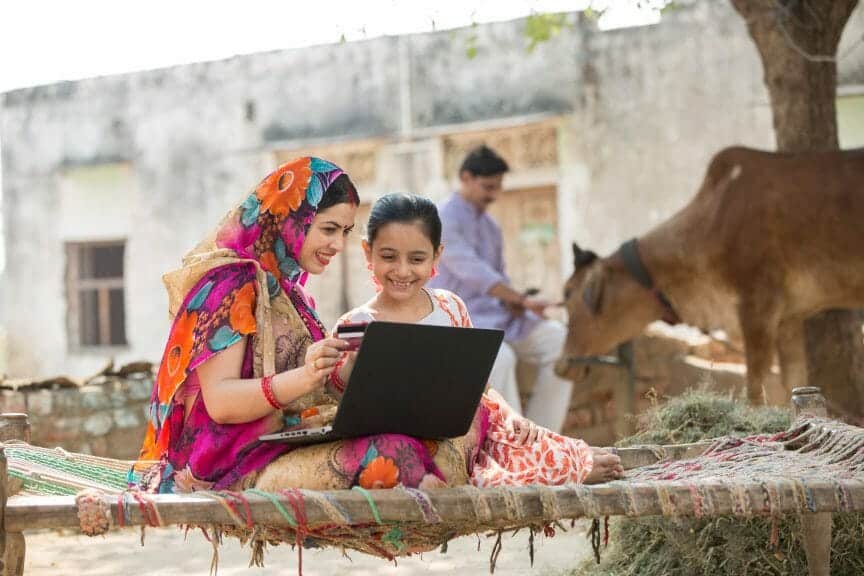
In October 2014, Prime Minister Narendra Modi started Saansad Aadarsh Gram Yojana (SAGY) in response to the increasing rates of poverty. SAGY is a government program whose main goal focuses on the social and cultural development of villages. The overall ambition of the program was to improve the living conditions and overall quality of life for all residents through means such as; educational opportunities, raising literacy rates and updating social norms and customs. The goal was targeted by enlisting each Member of Parliament to develop three villages by 2019. SAGY saw the conversion of schools into ‘Smart Schools’ that were equipped with; IT-enabled classrooms, e-libraries and web-based teaching in a bid to make all students e-literate. Additionally, SAGY also resulted in thousands of projects devoted to health, economic development and infrastructure.
From SAGY’s introduction in 2014 to a June 2017 referendum, it implemented 2,649 social development projects, completed 1,239 projects and had another 539 still in progress.
National Rural Livelihood Mission (NRLM)
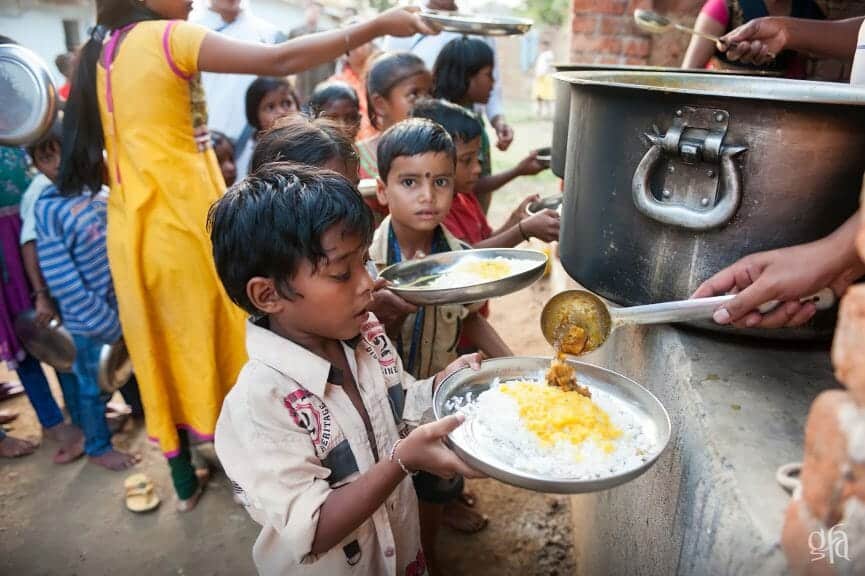
The Ministry of Rural Development began the National Rural Livelihood Mission (NRLM) in June 201. The mission set about providing the impoverished with a stable monthly income. In India, unemployment is a major contributor to poverty. In fact, In 2019, more than 75% of households in India did not have a stable source of income. The NLRM also provided skilled wage employment opportunities the program emerged upon the belief in the hidden skills and capabilities of those in poverty. The NRLM increased household revenue and savings by increasing finance accessibility and jobs, and decreasing loan dependency. Upon evaluation, it was found that the villages and households that had been targeted by the mission experienced a 19% increase in income over 2.5 years.
Mahatma Gandhi National Rural Employment Guarantee Act (MGNREGA)
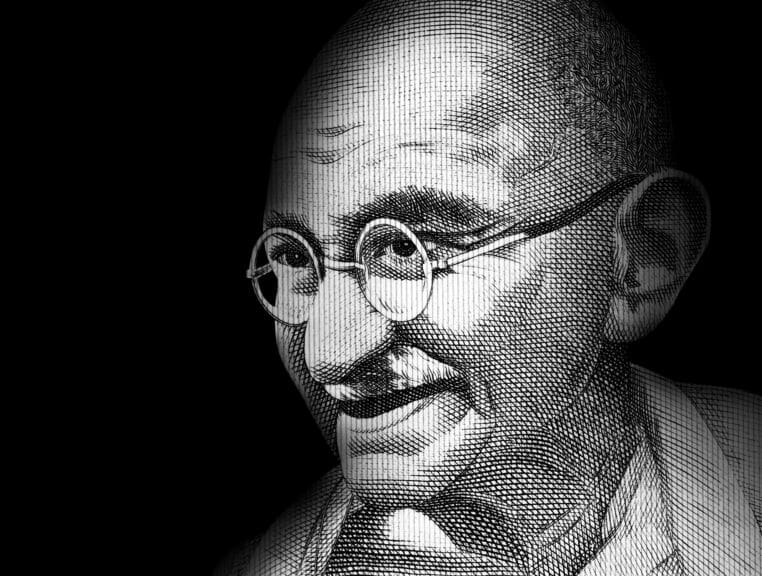
In August 2005, The Mahatma Gandhi National Rural Employment Guarantee Act (MGNREGA) was passed and launched the following February. The act’s goal was to provide 100 days of guaranteed wage employment to inexperienced workers. It also sought to increase economic security and decrease labor migration from rural to urban areas.
The Act also focused on providing positions to women. Since its launch, job opportunities increased by 240%. Moreover, the equality and quality of labor improved in rural India, including diminished wage fluctuation and the gender pay gap. Furthermore, the availability of basic amenities as well as; an increase in income and purchasing power also occurred as a result of the MNREGA.
Since 2006, MNREGA gave jobs cards to nearly 900 million households. Out of the 315 million unemployed who requested jobs, 98% received employment. From 2006 until 2015, an average of 45 million households received employment annually, constituting 30% of India’s entire rural household population.
Detriemental Impact of Covid
While social protection programs in India have helped reduce poverty significantly; in recent years disruption has been caused in minimizing poverty rates and to the overall development of India. COVID-19 reversed the gains and has plunged millions into further poverty, disrupting the informal economy, and hitting migrant laborers the hardest.
Evidence suggests that there has been a massive increase in unemployment and an equally dramatic fall in earnings. Almost 8 in 10 are eating less food than before; more than 6 in 10 respondents in urban areas did not have enough money for a week’s worth of essentials. Acts such as the MGNREGA are once again being sought out the try and rectify the damage the pandemic has caused.
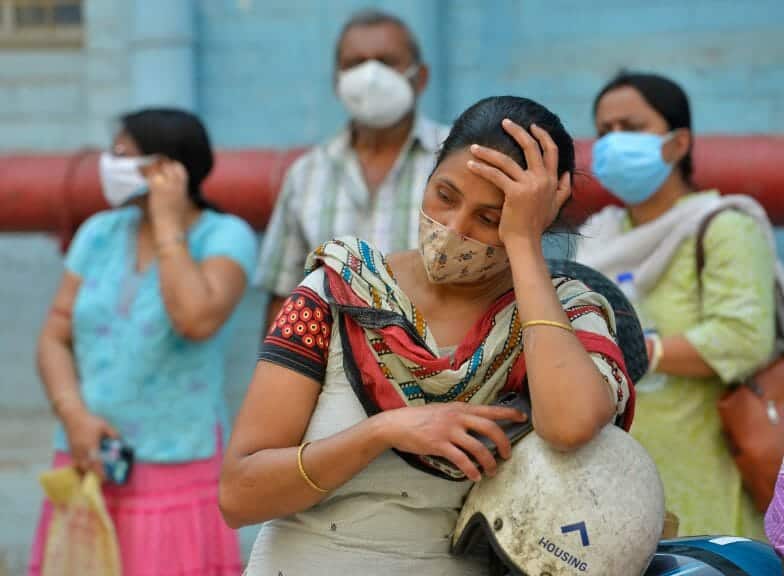
India has seen to various successful measures against poverty in the last two decades. According to the World Bank, the poverty level in rural and urban areas went down by 14.7 and 7.9 percentage points. Moreover, according to United Nations Development Programme administrator Achim Steiner, India lifted 271 million people out of extreme poverty in a 10-year time period from 2005–2006 to 2015–2016.
Despite this, India maintains its status as a developing nation and poverty remains a significant issue. In 2019, the Indian government stated that 6.7% of its population is below its official poverty limit. Moreover, Oxfam reported that India’s top 1% of the population now holds 73% of the wealth, while 670 million citizens who make up the country’s poorest half, saw their wealth rise by just 1%.
What are your thoughts on how far India has come as a nation and how significant the issue of poverty really is?
Now you’re all caught up why not check out another article covered here at Trill Mag?


